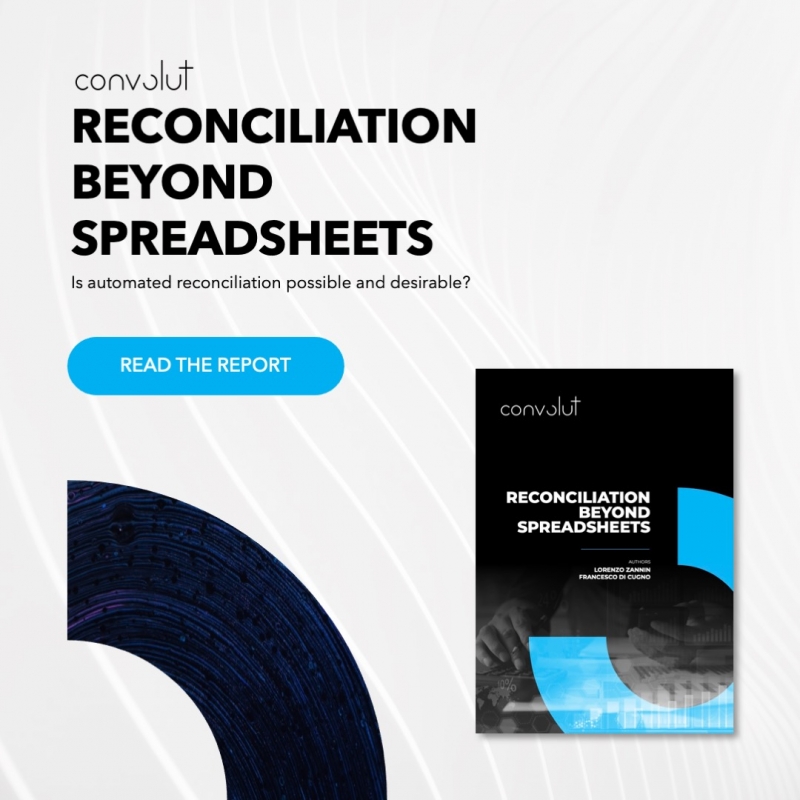Was ein KPI ist und warum Sie ihn brauchen
Key Performance Indicators (KPIs) wandeln Daten in nützliche Kennzahlen um, mit denen ein Unternehmen feststellen kann, wie gut es seine Ziele erreicht.




Key Performance Indicators (KPIs) wandeln Daten in nützliche Kennzahlen um, mit denen ein Unternehmen feststellen kann, wie gut es seine Ziele erreicht.


If you’re wondering whether to switch to cloud computing rather than rely on a on-premise resources to manage, store and process business data, you need to know if the move is worthwhile.


Digital transformation is a process, not an event. It is the next logical step in digital evolution after mobile computing, cloud computing, big data analytics, and the Internet of Things (IoT) rollout.


Digitalization, or digital transformation, is a phenomenon born from the convergence of multiple technologies enabled by connectivity.


Continuous improvement is an ongoing effort to improve products, services or processes, through which the organizations gradually introduce a series of small improvements, removing unnecessary activities and variations, providing increased capability, reduced costs, and improved efficiency and quality over time.


In today’s large organizations, it is not unusual to find IT systems, which run in business for several years. Over time those systems normally grow increasing in complexity for different kinds of reasons: wrong initial design, increased number of functionalities, lack of knowledge, etc.


The concept of digital transformation is often confused with the one of IT strategy. The development and implementation of IT strategies have generally been guided by the strategic lens to improve efficiency (e.g., lower costs, increase worker productivity), effectiveness (e.g., make better decisions, identify profitable customers), and ultimately gain long-term competitive advantage (e.g., alter the basis of competition, create new business models).


Financial reconciliation is a crucial aspect of any business. As the complexity and variety of available data increase, spreadsheet-based reconciliation is becoming obsolete. The solutions available in the market present different degrees of complexity and possibilities for automating the reconciliation process. The providers of these services claim stunning results in terms of the efficiency and timeliness granted by their solutions.